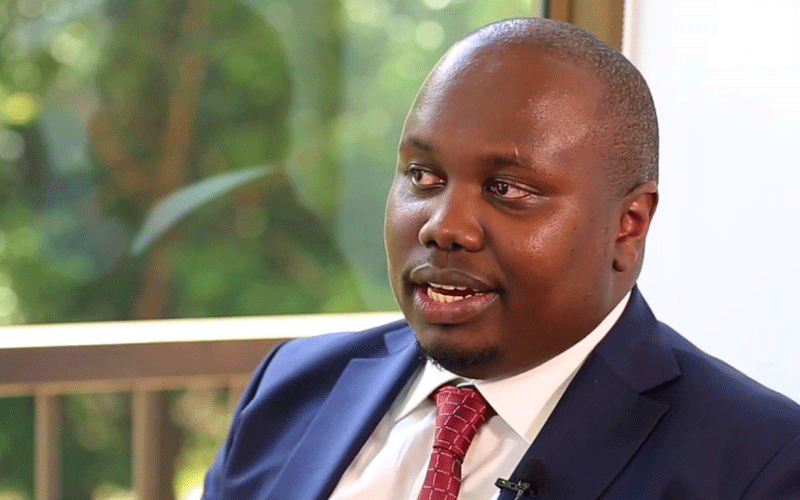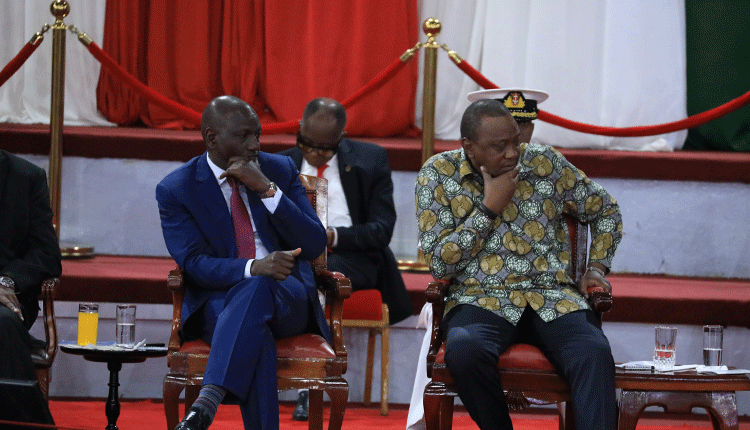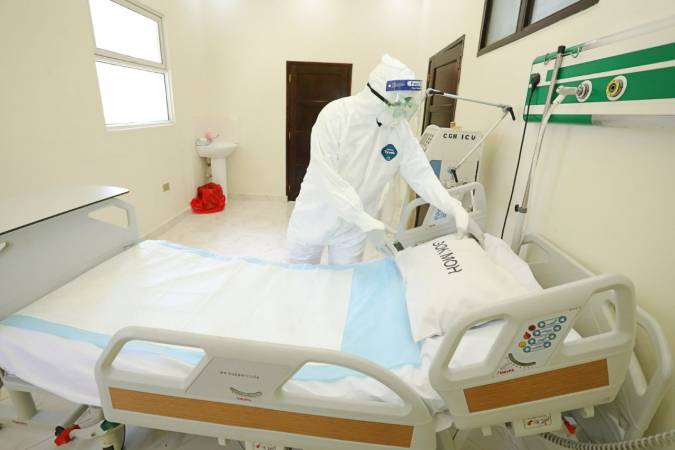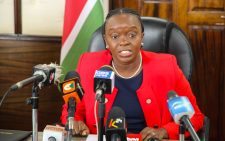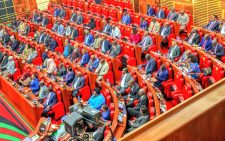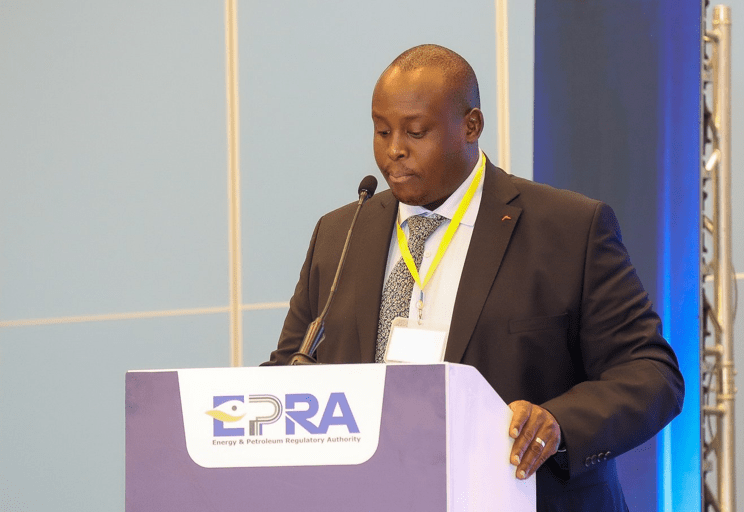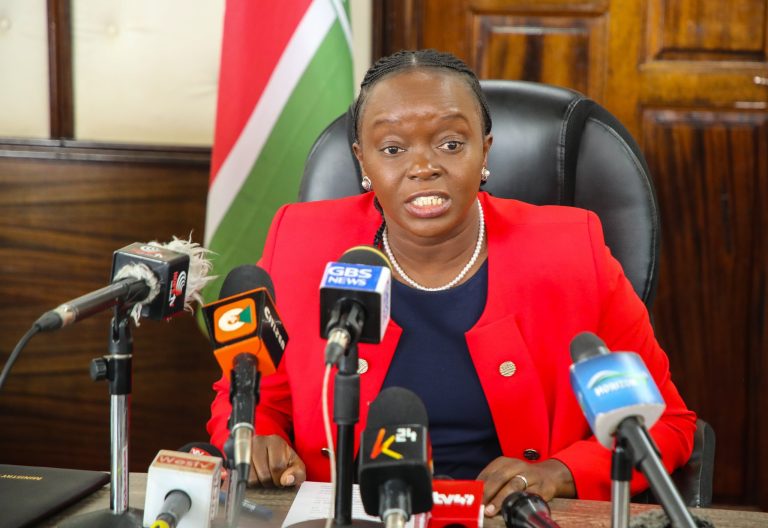Malaria jab: Century’s biggest medical breakthrough
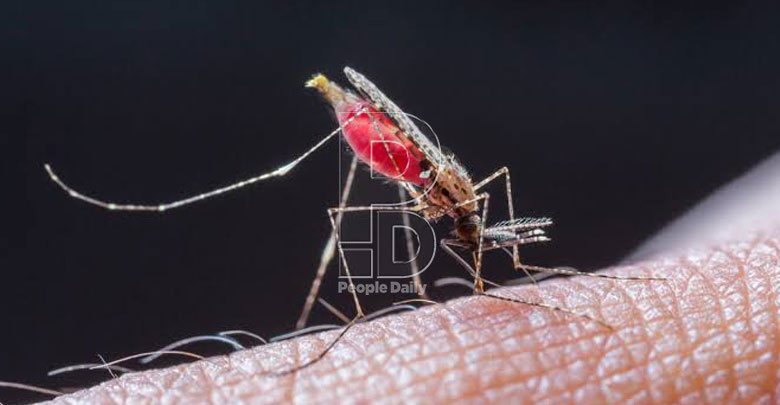
Dr Patrick Amoth
The world is celebrating the endorsement of the malaria vaccine, which will go down as one of the greatest breakthroughs in medical industry.
The jab is a product of 30 years of collaborative research and recently gained approval from stringent regulatory authorities.
This is great news especially for sub-Sahara Africa, which bears the heaviest brunt of malaria, in terms of deaths and the high healthcare costs— prevention and curing the disease.
The jab will help mitigate against all the challenges and even relieve healthcare systems that are sometimes overburdened.
Of course, the benefits go beyond financial savings for healthcare. We are looking at a future where children will not have to face the risk of severe malaria and loss of lives to the disease.
This calls for celebration and acknowledging the role of Ministry of Health, WHO, PATH, UNICEF and other partners and the manufacturer of the vaccine. It has been a journey of more than 100 years.
In the past year, our healthcare system has been stretched to the limit. The Covid pandemic added an extra burden to healthcare professionals, and this makes the vaccine an even more welcome watershed because it frees critical resources for other essential services in the health sector.
My expectation is that the jab will motivate more researchers to continue their efforts for more vaccines for other diseases.
We have learned from the Covid vaccines that more is better, and the successful testing and introduction of the malaria vaccine gives us hope that we will completely win the war against the parasite in the foreseeable future.
Malaria is a parasite that is spread by mosquitoes with 67 per cent of the victims being infants and babies.
Malaria is the deadliest of diseases carried by the tiny insects. Every year, more than 200 million people contract the disease globally.
Africa bears the heaviest burden, with 260,000 children dead in 2019 alone according to WHO.
In Kenya, we register at least 3.5 million cases and 10,700 deaths every year, with Western Kenya the most affected region.
The RTS,S vaccine comes at an opportune time to push the fight against malaria to the next stage.
In the piloting of the vaccine in Africa, Kenya, Ghana and Malawi were selected and 800,000 children received at least a dose of it and a total of 2.3 million doses have been administered.
The jab promises to be one of the best tools to reduce malaria infections and casualties.
In 2019, WHO had indicated an urgent need for a change of tools and tact for the next stage of fighting malaria, and the jab is a timely intervention.
In Kenya, more than 200,000 children have received at least a dose. It helps that there is a demand for the vaccine from the community.
The Ministry of Health is up to the task to make malaria immunisation part of the childhood vaccinations programmes.
So far, the vaccine has shown that it can reduce severe malaria cases. It significantly reduces severe and life-threatening malaria.
This in turn can reduce hospital admissions and the need for blood transfusions that burden our health care systems.
The Malaria Vaccine Pilot Evaluation has assessed the vaccine safety, its impact and feasibility for the last two years and it is highly acceptable. We administered the jab even during the Covid pandemic.
In the three counties where the pilot programme has been rolled out, data shows two-thirds of the children in the who don’t sleep under a mosquito net are benefiting from the RTS,S vaccine.
It has helped reduce severe malaria by up to 30 per cent. This shows it can significantly add to the number of tools we have deployed to the fight malaria.
From a policy perspective, the vaccine establishes a strong case for increased investment in medical research.
Governments in areas that are most affected by malaria can seize the moment and employ more resources in vaccine research to help create a more resilient health system.
As we celebrate the vaccine breakthrough, we also need to educate communities on the need to embrace it and understand their role in our healthcare systems. — The writer is acting Director General for Health, Ministry of Health
